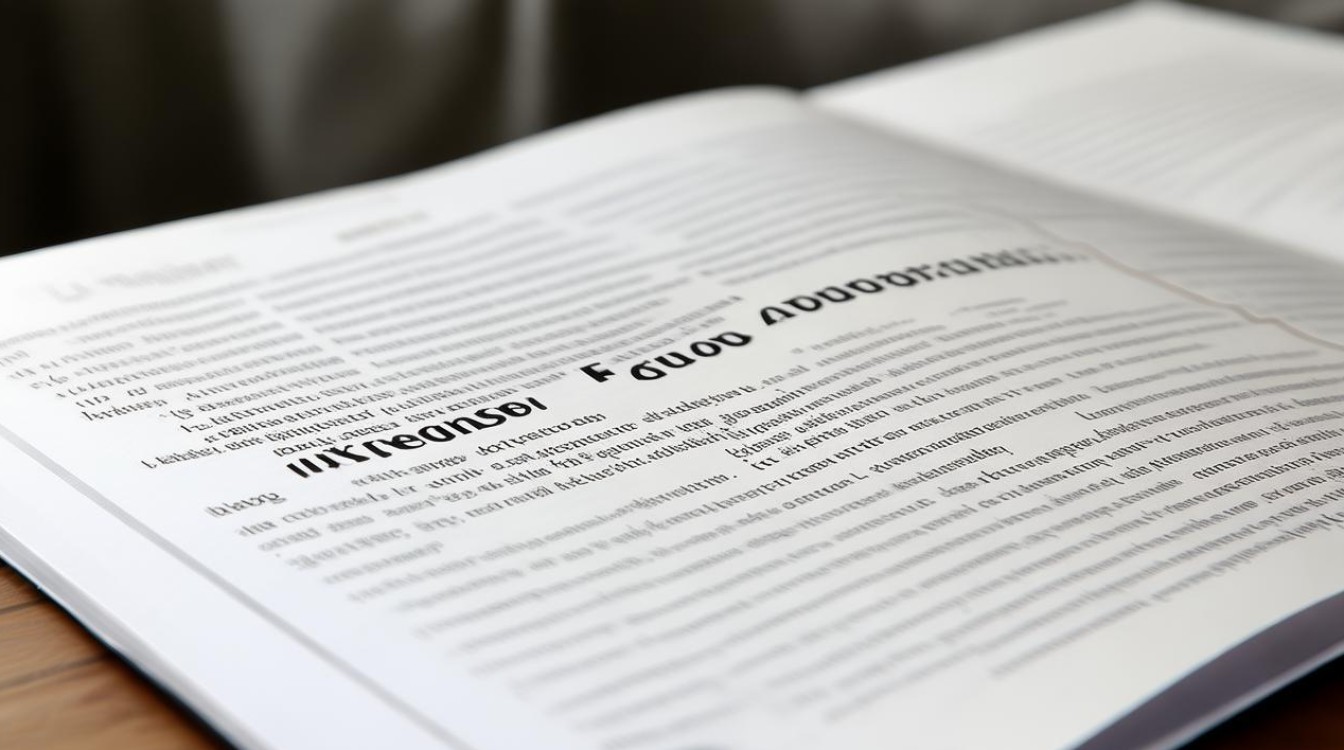雅思写作任务2中,"同意与否"(Agree/Disagree)题型是最常见的题目之一,这类题目要求考生针对某一观点或陈述明确表达立场,并用充分的论据支持自己的观点,掌握正确的写作格式和逻辑结构,是获得高分的关键,本文将详细解析这类题型的写作方法,帮助考生在考场上高效组织思路。
特点与审题要点

典型的同意与否题目会给出一个观点,
"Some people believe that governments should invest more in public transportation rather than expanding roads. To what extent do you agree or disagree?"
审题时需注意:
- 明确立场:完全同意、部分同意或完全反对,避免模棱两可。
- 限定范围:题目中的关键词(如"public transportation""expanding roads")决定了讨论方向,不可偏离。
- 避免绝对化:除非题目本身极端,否则建议采用平衡论述,体现批判性思维。
文章结构设计
开头段(Introduction)
开头段需完成三项任务:

- 背景引入:用1-2句概括话题背景,避免直接抄题。
- 转述题目:用自己的话重述观点,展示语言能力。
- 表明立场:清晰说明同意或反对的程度。
范例:
"Transport infrastructure is a priority for urban development. While some argue that expanding road networks is essential, others advocate for greater investment in public transport systems. This essay strongly supports the latter view, as public transit offers broader societal benefits."
主体段落(Body Paragraphs)
建议写2-3段,每段包含:
- 主题句:明确本段论点。
- 论据展开:用数据、例子或逻辑推理支持论点。
- 对比论证(可选):通过反驳对立观点增强说服力。
段落范例:
"Firstly, public transportation reduces environmental damage. Buses and trains can carry dozens of passengers simultaneously, significantly lowering per capita carbon emissions. For instance, a study by the International Transport Forum found that cities with dense metro networks emit 50% less transport-related pollution than car-dependent ones. By contrast, expanding roads encourages private vehicle use, exacerbating air quality issues."

结尾段(Conclusion)
重申立场并升华观点,避免引入新信息:
"In conclusion, prioritizing public transport over road expansion aligns with sustainable development goals. It addresses congestion and pollution while promoting equitable access, making it the superior policy choice for modern cities."
高分技巧
- 逻辑衔接:使用递进(furthermore, moreover)、转折(however, nevertheless)等连接词。
- 词汇多样性:避免重复用词,如"important"可替换为"crucial""vital"。
- 语法复杂度:穿插条件句、定语从句等结构,"Unless governments adopt alternative solutions, traffic problems will persist."
常见错误规避
- 立场不一致:开头反对却在结尾部分同意。
- 论据空洞:仅重复观点而无具体例证。
- 篇幅失衡:某一段过长而其他段落过短。
通过系统练习和反馈修正,考生可以逐步掌握这类题型的写作要领,清晰的框架、充实的论据和地道的表达,是冲击高分的基础。

